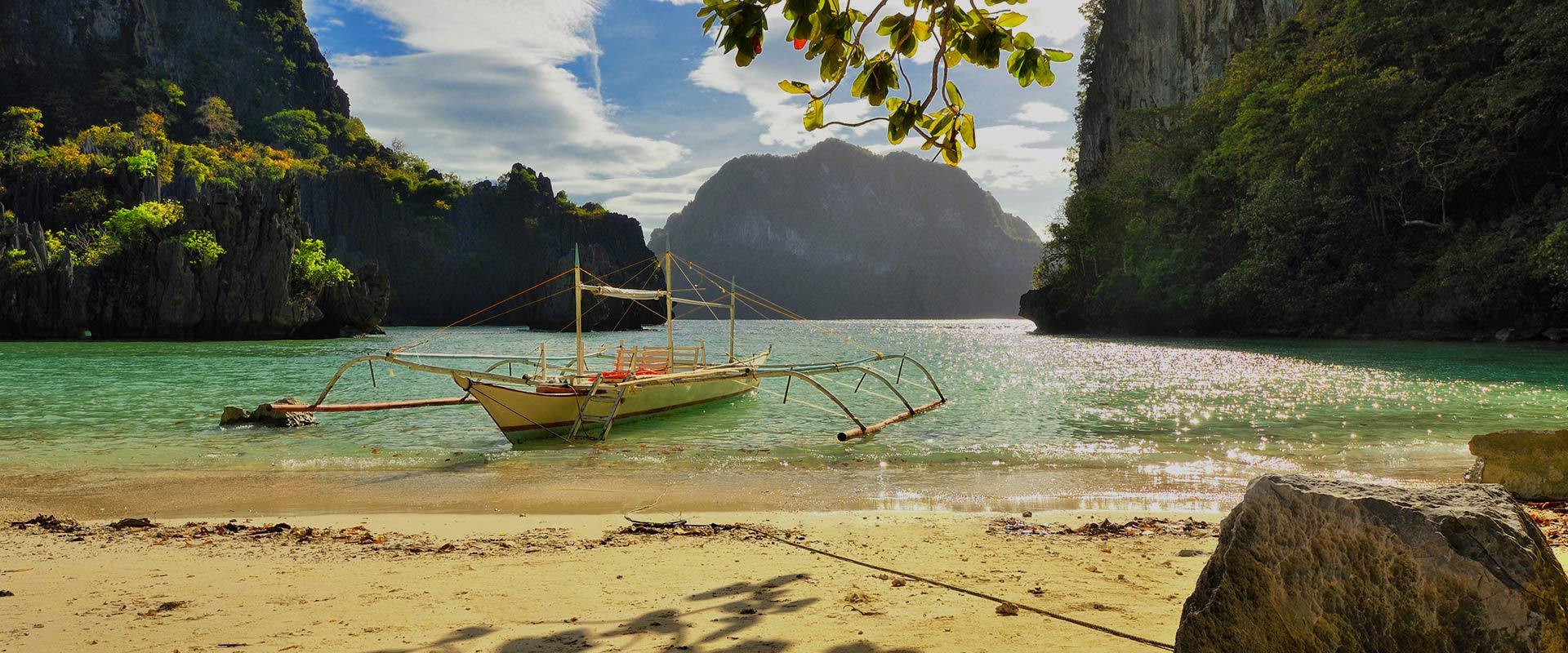
The City of Bacolod
Bacolod, also known as the “City of Smiles,” in the Negros Occidental province of the Philippines, is indeed worthy of its title due to its warm and incredibly friendly residents who never fail to brighten the day with their welcoming smiles. The city is situated on a rocky hill that now forms the Granada district, and the name Bacolod originates from the local word for “hill” or “mound.” It was officially declared a city in 1938, bearing the local name “Ciudad de Bacolod” (the City of Bacolod), when the local council became a city council, a status it has held ever since.
Transportation means
In Bacolod, transportation is very accessible, with daily flights arriving from Manila and Cebu. You can also opt for a more adventurous journey by taking a ferry. The ferry ride takes approximately 18 hours and departs from Manila or 45 minutes by fastcraft from the city of Iloilo.
Attractions
Capitol Park and Lagoon: Right in the heart of Bacolod, you’ll find Capitol Park, home to a stunning man-made lagoon. It’s a favorite spot for picnicking among locals and tourists alike. At the northern end, you can spot a statue of a woman drawing water from the lagoon, while at the southern end, there’s another statue, this time of a man pulling a carabao. The park is full of life and buzzing with activities carried out by the locals, including dance lessons, martial arts training, and activities for all ages. The park is well-lit, safe, and open 24 hours a day, 7 days a week.

Public Plaza of Bacolod: One of the most famous landmarks in Bacolod, located near the City Hall in the virtual center of the city, is the plaza itself. It is a park with a trapezoidal structure and a giant gazebo in its center. Names of prominent classical composers like Beethoven, Wagner, Haydn, and Mozart are displayed on the sides of the gazebo. Surrounding it are 4 circular fountains and a belt of trees that encircle it from all sides.
San Sebastian Cathedral: Built in 1876 by the Spanish colonizers, this cathedral is constructed using coral stones from Guimaras and wooden beams from Palawan. It is an impressively designed structure.
Bishop’s Palace (Palacio Episcopal): The palace was built by the Spanish in 1890 and served as their refuge during the events of 1898, which shortly led to the declaration of Philippine independence and their liberation from Spanish rule.
Fountain of Justice: This historical landmark is essentially the place where the surrender of Bacolod to the revolutionaries led by General Aniceto Lacson took place on November 6, 1898, at the home of Jose Ruiz de Luzuriaga.
Heritage Sites in the City of Silay
While it’s not located directly in Bacolod, there’s a very good chance that you can visit the town of Silay since the Bacolod airport is situated there. Silay is considered the “Cradle of Arts, Culture, and Eco-Tourism in Western Visayas” and offers a variety of interesting places to explore, such as Balay Negrense, built in 1898, the San Diego Cathedral established in 1925, the Jalandoni Museum showcasing local and foreign architecture and design, and the city’s oldest bakery, El Ideal.
Recommended activities include:
Being in Bacolod during the MassKara Festival, which takes place every Sunday, Monday, and Tuesday of October, is highly recommended. The festival features street dancers dressed in creative and smiley masks. It’s a true tourist attraction that captivates the attention of thousands of visitors each year.
Make sure to try the delicious Chicken Inasal, a local specialty in Bacolod. You can find it along Fr. M. Guerrero Street, which is essentially a strip filled with restaurants serving grilled chicken, seasoned to perfection.
The MassKara Festival and the local cuisine are just a couple of the many reasons to visit Bacolod and experience its vibrant culture and flavors. Enjoy your trip!


